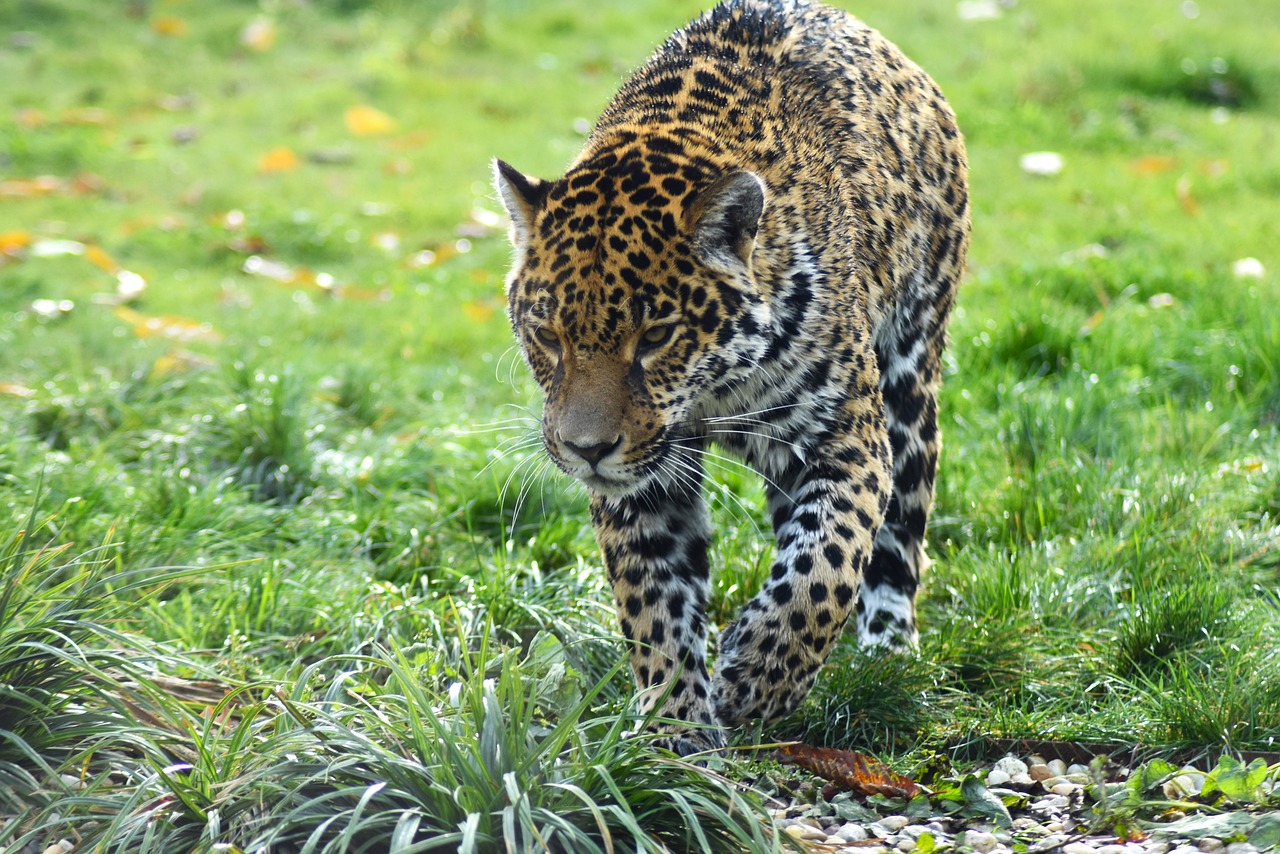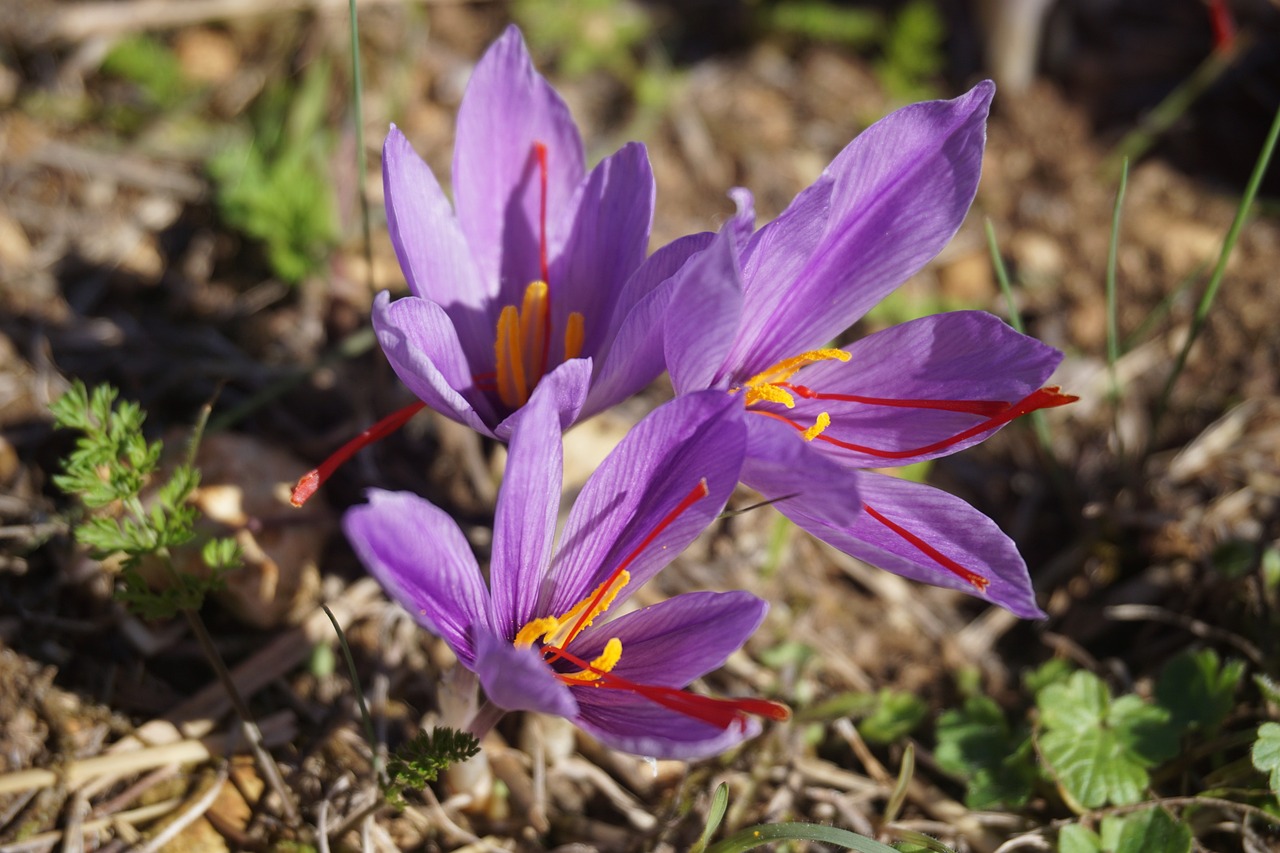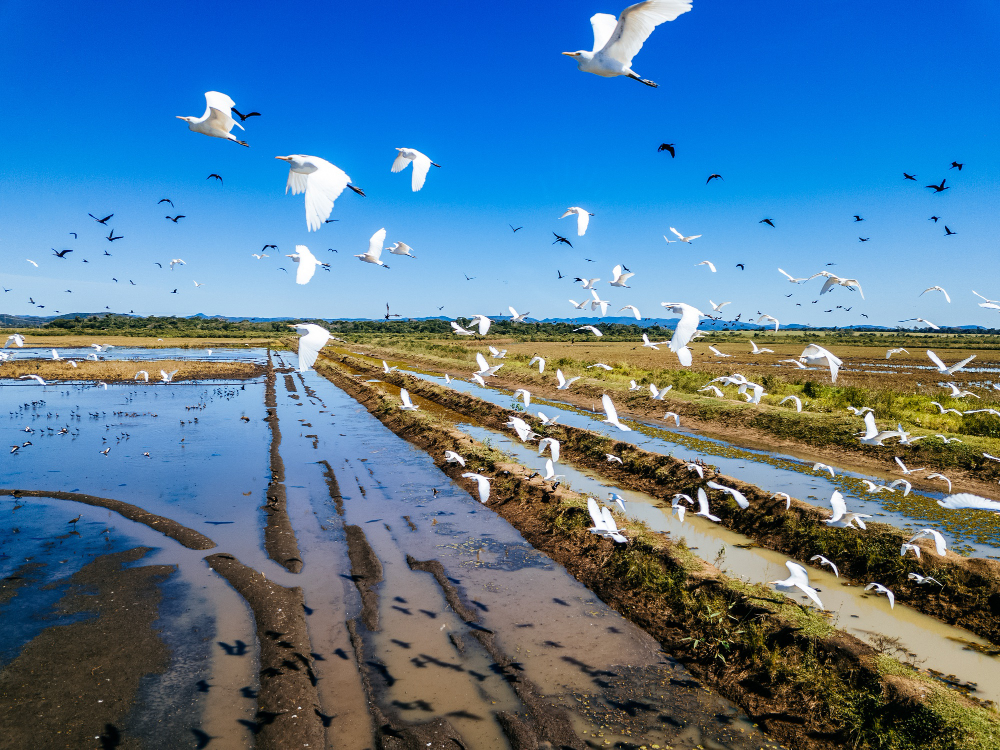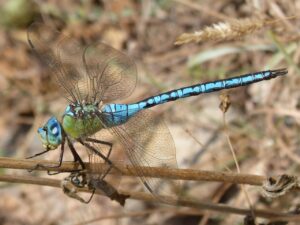 Pin
Pin Image by pvproductions / Freepik
Birds have always amazed us with their grace and instincts, but one behavior that’s truly mind-boggling is how some manage to sleep while flying. Yes, certain species don’t stop or land during long journeys—they actually nap mid-air. This rare survival trait is seen in some of the world’s strongest migratory birds. In this article, you’ll explore 10 birds that drift asleep mid-flight and how they pull off this mind-blowing biological feat.
Scientists have studied their brain activity using advanced tech and found that some birds can switch off half their brain while the other half stays alert. This adaptation keeps them from crashing into obstacles or losing control. What’s more fascinating is that they can do this for days at a time, especially during migration.
Let’s dive into the first bird on this list and see what makes them such incredible flyers.
Table of Contents
1. Sooty Shearwater – The Long-Distance Glider with In-Flight Rest
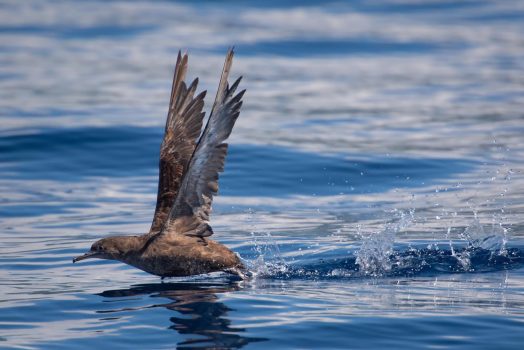 Pin
Pin Image by @joao_quaresma_photography_ / Instagram
The sooty shearwater is a master of long-distance migration, flying over 40,000 miles annually across the Pacific Ocean. It has one of the longest migration routes of any bird, traveling from New Zealand and Australia to the northern Pacific and back. During these marathon journeys, researchers believe the sooty shearwater sleeps while flying, using short micro-naps during gliding phases.
These birds use dynamic soaring, a flight technique that lets them ride wind currents and ocean updrafts without flapping much. This not only conserves energy but also allows them to take very brief rests mid-air. While the sleep isn’t deep, it’s enough to help them stay alert and continue navigating vast open waters.
Tracking studies show that sooty shearwaters follow the rhythm of ocean winds and daylight to time their migration. By combining smart navigation with the ability to nap while flying, they can complete one of the most extreme round-trip migrations in the animal kingdom.
2. Alpine Swift – 200 Days of Flight Without Landing
 Pin
Pin Image by Lefteris Stavrakas via Wikimedia Commons
Alpine swifts are the real endurance champions of the bird world. These small, dark-feathered birds have been recorded flying non-stop for more than 200 days. That’s over six months in the air without landing even once. And yes, they sleep mid-flight—lightly and briefly—using a trick similar to dolphins and some whales. One half of the brain stays awake while the other half dozes.
These birds migrate from Europe to sub-Saharan Africa, covering thousands of kilometers. Scientists fitted tiny trackers on their backs and were shocked to find that not only do Alpine swifts stay airborne, but their activity levels also remain high the entire time. They can glide on air currents and adjust their wingbeats to rest while still making forward progress.
The sleep isn’t deep like what we experience, but it’s enough to keep them functional. This behavior lets them avoid predators, stay safe from harsh ground conditions, and make use of favorable wind patterns across continents.
3. Common Swift – A Lifetime in the Air
 Pin
Pin Image by @sereth.photography / Instagram
The common swift isn’t just any bird—it’s practically a flying machine. This species can stay airborne for most of its life, only landing to nest. Some studies suggest they can remain in flight for up to 10 months straight. And yes, during this time, they drift asleep mid-flight in short, controlled naps that don’t interrupt their movement.
These birds eat, mate, and sleep while flying. They’re incredibly agile and lightweight, with long wings that let them coast on air currents with minimal effort. That gliding ability helps them conserve energy and allows their brain to slip into sleep mode for a few seconds at a time without crashing.
Researchers using radar and tracking devices discovered that common swifts hardly ever touch down during their migration between Europe and Africa. Even when they sleep, their brain remains alert enough to avoid obstacles or predators. It’s not just impressive—it’s borderline unbelievable.
Nature built the common swift for one thing: to fly. And it does that better than almost any bird out there.
4. Great Frigatebird – Champion of Nonstop Ocean Travel
 Pin
Pin Image by Apouf from Pixabay
While the frigatebird family was already mentioned, the great frigatebird deserves a spotlight of its own. This bird takes aerial endurance to another level. It can stay in flight for up to two months during migration across vast stretches of the Pacific and Indian Oceans. What’s even wilder? They drift asleep mid-flight, but only for brief moments, with one hemisphere of the brain resting at a time.
What makes the great frigatebird stand out is its massive wingspan compared to its light body. This design allows it to glide for long periods without flapping much, saving energy. Scientists studying these birds found they only sleep about 45 minutes a day while airborne, mostly in short bursts during the night.
They avoid landing on water because they can’t take off easily if wet. So sleeping mid-air isn’t just a convenience—it’s essential for survival. The great frigatebird is living proof that some birds are literally built to sleep while flying through storms and silence alike.
5. Northern Bald Ibis – Migratory Sleeper in Formation Flights
 Pin
Pin Image by Paul Sprengers from Pixabay
The northern bald ibis may look like a prehistoric bird with its bald head and curved beak, but it’s full of surprises. One of the lesser-known things about this endangered species is its ability to drift into short sleep-like states during flight—especially during long-distance migrations. These birds often fly in V-formation, which isn’t just for energy saving—it also allows brief micro-naps mid-air.
When in formation, the birds at the front break the wind, and those behind use the air currents to glide with less effort. This setup lets them switch out and take turns leading, while others behind can rest a bit—even catch a quick nap while staying in rhythm with the group. It’s not deep sleep, but it’s enough to maintain their strength over long stretches.
Researchers tracking their reintroduced migration paths across Europe found that these birds rely heavily on coordination and teamwork, including shared rest during flight. The northern bald ibis proves that cooperation in nature goes hand-in-hand with survival.
6. Swainson’s Thrush – Night Flyers with Brain Tricks
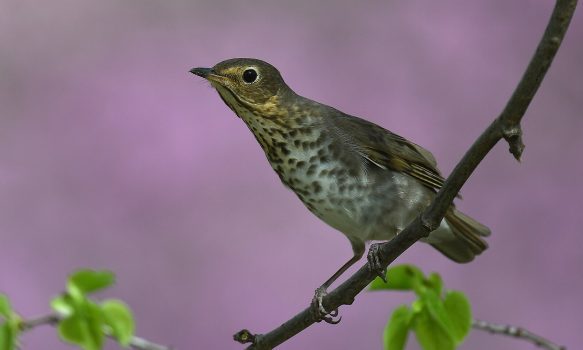 Pin
Pin Image by Wildreturn / Wikimedia Commons
Swainson’s thrushes are small songbirds, but they take on huge migratory journeys from North America to South America every year. What’s fascinating about them is that they mostly fly at night and are known to drift into a sleep-like state mid-flight. Their sleep patterns are finely tuned—they take micro-naps lasting just seconds while still flying straight.
During migration, their brains switch into what’s called “unihemispheric sleep.” One side rests while the other stays alert enough to control flight and keep track of their direction. This helps them avoid threats like predators or collisions, even in total darkness.
Tracking data shows they reduce their daytime activity to conserve energy for these night flights. Their internal compass, driven by Earth’s magnetic fields and star patterns, helps guide them even while part of their brain is shut down.
Swainson’s thrushes are a great example of how small birds use smart biological adaptations to survive massive migrations without completely stopping to rest.
7. White-Crowned Sparrow – The Tactical Sleeper
 Pin
Pin Photo by BARBARA BORCHARDT
The white-crowned sparrow might not look like a long-distance athlete, but don’t be fooled—this little bird has a secret weapon: it can go days with almost no sleep during migration. These sparrows take short naps mid-flight, allowing them to cross long stretches of terrain without resting on the ground, where they’re more vulnerable to predators.
What makes them stand out is how well they handle sleep deprivation. While migrating, they sleep far less than usual, sometimes just a few seconds at a time, and only with one hemisphere of the brain resting. Yet, their alertness and reaction times stay sharp. Scientists have studied their brain waves and found that their sleep during migration looks nothing like regular rest—it’s more like a controlled power-saving mode.
Even more surprising, when these birds return from migration, they don’t crash or show signs of exhaustion. Instead, they go back to their normal patterns like nothing happened. The white-crowned sparrow is proof that even the smallest birds have evolved with amazing tricks to survive.
8. Bar-Tailed Godwit – Record-Breaking Nonstop Flyer
 Pin
Pin Image by No-longer-here from Pixabay
The bar-tailed godwit holds one of the most impressive records in the bird world. It can fly more than 11,000 kilometers (nearly 7,000 miles) in a single, non-stop flight across the Pacific Ocean, from Alaska to New Zealand. That journey takes over a week, during which the bird never touches down—and yes, it sleeps mid-air while staying on course.
Researchers tracked godwits using satellite tags and found that they fly for up to 9 days straight. Their bodies undergo serious changes before takeoff: they store massive fat reserves and shrink some internal organs to make room for fuel. But what really stands out is how they manage rest. They take brief, hemispheric naps while gliding, allowing them to maintain flight and avoid disorientation.
Despite their long flight, they arrive with remarkable precision and energy. It’s not just strength that gets them through—it’s smart biology and evolutionary timing. The bar-tailed godwit redefines endurance and shows that even in sleep, some birds never stop moving.
9. Manx Shearwater – The Ocean Nomad with Power Naps
 Pin
Pin Ómar Runólfsson, CC BY 2.0, via Wikimedia Commons
The Manx shearwater spends most of its life at sea, skimming just above the waves with elegant wingbeats. What makes this seabird fascinating is its ability to fly long distances—up to 10,000 kilometers during migration—while fitting in sleep mid-flight using micro-naps. These naps are short and controlled, lasting only a few seconds at a time, but they’re enough to keep the bird alert and flying.
Scientists studying shearwaters found they have a unique flying style that helps them rest. They use “dynamic soaring,” where they ride the rising air over waves, reducing the need for constant wing flapping. This gives their brain small windows to slip into light sleep without losing altitude or direction.
They usually migrate between breeding grounds in Europe and feeding areas off the coast of South America. During these journeys, stopping on the water isn’t always safe, especially in stormy regions. So being able to nap while flying is a survival tactic, not just a cool trick. The Manx shearwater’s lifestyle shows how birds adapt to ocean life in incredible ways.
10. Northern Wheatear – Small Bird, Huge Journey, Smart Sleep
 Pin
Pin Image by joudrierd from Pixabay
The northern wheatear is a small, ground-dwelling bird with a migration route that spans continents. Despite its size, it travels over 15,000 kilometers between sub-Saharan Africa and the Arctic—twice a year. During this long haul, researchers believe it drifts into sleep mid-flight in short bursts, much like other long-distance migrants.
What makes the northern wheatear special is how efficient it is. It combines long flights with well-timed resting strategies, including power naps during gliding phases. Though they’re not ocean flyers like shearwaters or godwits, they still face tough terrain and unpredictable weather, making in-flight sleep critical for survival.
They’re also highly adaptable, adjusting their routes and energy use based on climate and seasonal shifts. Some use a strategy of flying at night and resting lightly during brief glides. It’s not deep sleep, but it helps them stay alert over days of continuous movement.
The northern wheatear might not look like a record-breaker, but it’s a silent champion in the world of migratory birds—small, smart, and perfectly tuned for the sky.
Final Thoughts
Birds that drift asleep mid-flight aren’t just impressive—they’re nature’s way of showing how survival pushes boundaries. These 10 birds don’t have the luxury of stopping often, especially when crossing oceans, deserts, or hostile terrain. So their brains evolved to rest while flying, letting them maintain direction, avoid threats, and preserve energy.
From the common swift that spends most of its life in the air, to the bar-tailed godwit breaking distance records across the Pacific, each bird on this list highlights just how far life will adapt when the stakes are high. Sleep, often seen as a vulnerable state, becomes a controlled, strategic move.
There’s something deeply humbling about this. These birds don’t fly with power or aggression—they fly with patience, rhythm, and precision. While humans rely on technology to travel and navigate, birds do it with instinct and finely tuned biology.
Their journey is a reminder that rest doesn’t always mean stopping—and in some cases, it’s the very thing that keeps us going forward.
FAQs
Some birds use a special type of sleep called unihemispheric slow-wave sleep, where only one half of their brain sleeps at a time. The awake half keeps the bird balanced, helps it steer, and avoids collisions. This allows them to rest in short bursts while still flying safely through the air.
No, not all birds have this ability. Only a few migratory species have evolved to sleep mid-flight, mainly those that fly long distances over oceans or difficult terrain. Most birds land to sleep or rest in safe places like trees, cliffs, or the ground.
Some birds can remain airborne for days, weeks, or even months. For example, the common swift can stay in flight for up to 10 months, while the bar-tailed godwit has flown over 11,000 kilometers non-stop for more than a week.
Researchers use tiny tracking devices and brainwave monitors called EEGs (electroencephalograms) to study flying birds. These tools can measure brain activity and movement, helping scientists understand when and how birds rest during flight.
Sleeping mid-flight helps birds survive extremely long journeys where stopping might not be possible or safe. It reduces the need for risky landings and lets them take advantage of weather patterns, daylight hours, and wind currents without losing valuable time or energy.


